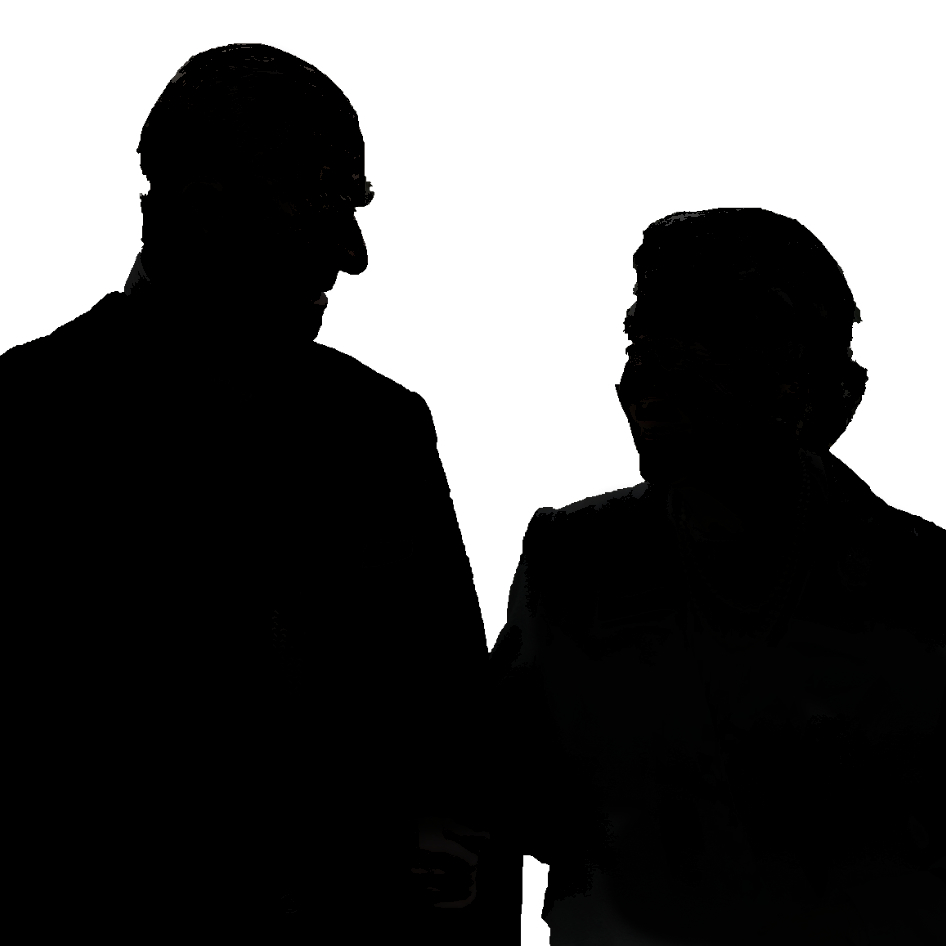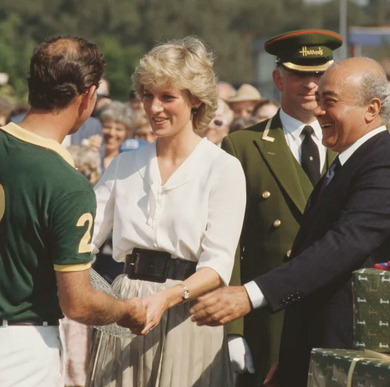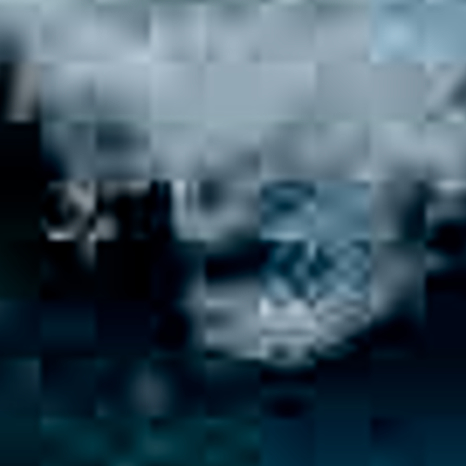“The framing of a photograph is not just a framing of space but also of time.” Vilém Flusser (2000) Towards a Philosophy of Photography. Reaktion Books.
This quotation applies to a single photograph, but it doesn’t tell the whole story of the nature of photography! Time is a slippery concept. The use of the phrase ‘decisive moment’ as being the apex of photographic practice is a straight-jacket to the practice of photography.
A Reflection of ‘this entirely photographic manifestation’ as defined by The Decisive Moment
CB’s photobook introduction to The Decisive Moment, is a treatise on taking photographs ‘on the run’. Capa had observed that it was “a kind of precious manifesto on photography”. [Bair, N. (2016)] CB summarised his method: “to me photography is the simultaneous recognition, in a fraction of a second, of the significance of an event as well as a precise organization of forms which give that event its proper expression”. However he also said later, “Photography is just about clicking the shutter, bringing your finger down at the right moment.” He isn’t suggesting the only decisively ‘right’ moment, but an intuitively understood moment by that photographer. (https://vimeo.com/106009378).
Cartier-Bresson’s photo-journalist method, the ability to combine, knowledge, intuition and expertise, was in part him but also his technical and media support and the museum curators who kept the myth going. [Bair, N. (2016)] All bound up, intangible and actually almost impossible to teach.
The decisive moment is the moment the photographer, any photographer, chooses to take the picture.
The idea that you can ‘invert’ the idea of the Decisive Moment and suggest that an image that does not conform to the straight jacket of the method in the Decisive Moment as an ‘indecisive moment’, is an insulting epithet which casts photographers and their work in a negative way. I’m sure that CB would not intend of this!
So much has been written to eulogise, mythologise and overly promote. There is no doubt in my mind that the American title, a marketing decision to support the suggestion by Capa that it ‘would ideally hit the market around Christmas’, was a master stroke by the publishers. CB and his Decisive Moment are a marker in the history photography. Photography has moved on and the concept of the Decisive Moment is now an outdated distraction, that is, unless you want to attempt to take images like Cartier-Bresson.
A Creative Exploration of the Concept Time.
The idea of ‘slice of time’ suggests a photographic accuracy of a single image that has become a ‘taken for granted’ feature of photography. When photography first emerged as a powerfully precise image making medium, and the image on the negative/positive could only be minimally manipulated that may have been true, however even in the 19th century innovators created images that were representational rather than exact documents of life.

Following the ‘time’ concept I have researched many different photographic methods of representing time other than in the single image. (See my research page on Padlet: https://oca.padlet.org/rosemary533463/1-1-research-assignment-7-qx6cqf7th62gtc1w).
I have also made photographs representing the passage of time. Click here.
However my interest in lenticular printing was piqued in my study of Chris Levine and his Equanimous images. Several photographs taken over time and merged as a lenticular single image is how I decided to approach this assignment. I managed to make the required interlaced images by 3 different methods but they did not successfully ‘flip’ when merged with the lenticular film I had purchased. (The method and problems are also detailed in the Padlet above.) So I have resorted to paper based lenticular images to fulfil the theme of the assignment.
These images whilst still lenticular in style are more correctly called agamographs after the artist Yaacov Agam. I have presented the 3 images here as short videos so that the ‘time’ effect can be appreciated otherwise you would just be looking at a series 2 or 3 individual photographs!
The first video is a tree in summer and winter. The second video is a tree through the day: blue hour (a cyanotype!); mid day grey; sunset. The third video shows my daughter pulling a face. I told her, like parents do, that your face will stay like that forever if you continue…. and there it was, I was photographing a ‘slice of time’ for posterity.
After going through nearly a packet of glossy inkjet paper this last video is the most successful of my images using the lenticular film. It was the result of a mistake reading centimeters for millimeters and has demonstrated to me that it might not be the film that is at fault but the lenticules per inch of the film. I needed a 40 lpi or even 30 lpi for the A4 size of image I was trying to create.
References of note:
Bair, N. (2016) ‘The Decisive Network: Producing Henri Cartier-Bresson at Mid-Century’, History of Photography, 40(2), pp. 146–166. Available at: https://doi.org/10.1080/03087298.2016.1146445.
H. Cartier-Bresson: l'amour tout court (2014). Available at: https://vimeo.com/106009378 (Accessed: 14 November 2024).
‘Henri Cartier-Bresson, The Decisive Moment’ Dr. Ariadne Xenou, (2020)
Learn Street Photography Through the Eyes of Henri Cartier-Bresson (no date). Available at: https://www.dostreetphotography.com/blog/henri-cartier-bresson (Accessed: 29 May 2024).
The Decisive Moment: A Candid Conversation w/ Fondation Henrí Cartier-Bresson’s Director, Agnès Sire (2018). Available at: https://www.youtube.com/watch?v=021G-fdDy5g (Accessed: 13 October 2024).



